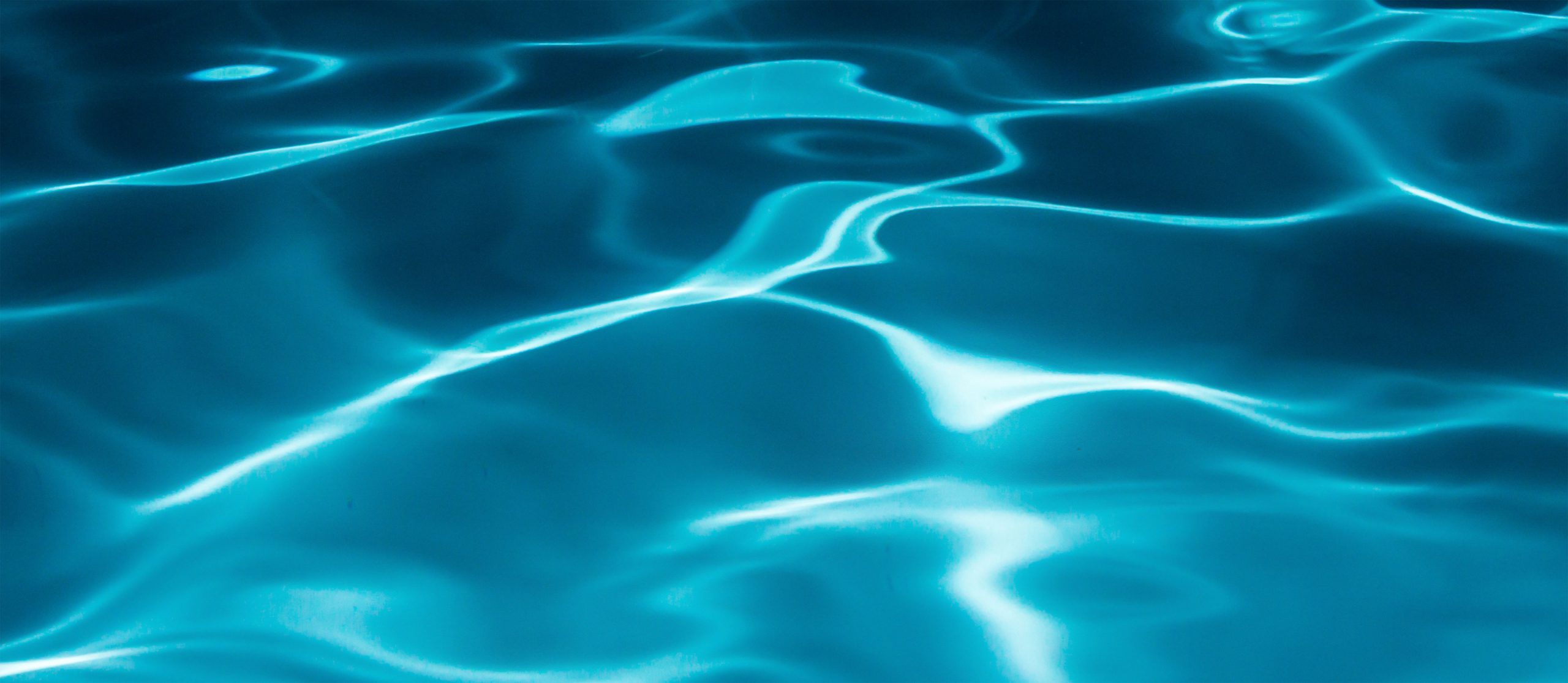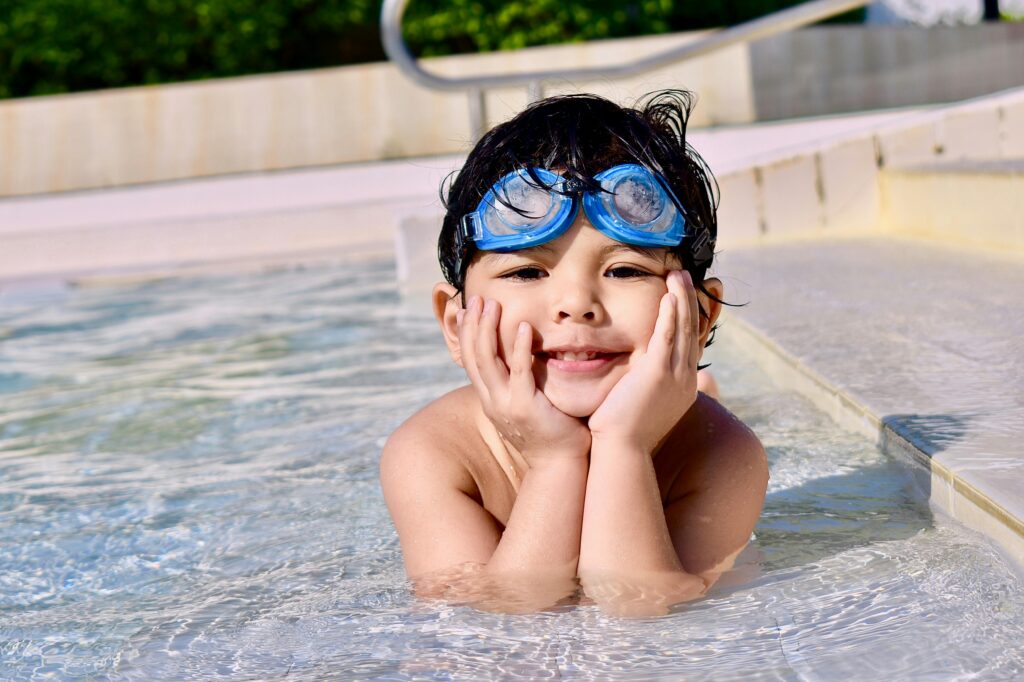4 Common Misconceptions About Breathing While Swimming
- February 29, 2024
- News & Insights,
Anyone from Fort Worth can learn how to breathe in the water despite experience level. If you’ve never tried it before, it can be intimidating to inhale oxygen when it’s so close to water. Learn about these four common misconceptions in regard to breathing while swimming so you can overcome fears and learn a new skill.
- You have to jump right in: Breathing while swimming is dramatically different than any other land based activity. Don’t feel obligated to learn it as you’re doing full laps in a pool. To get acquainted with the motions, treat breathing in the water like your first time in a pool. Introduce yourself to techniques from a safe place where it’s less likely you’ll feel afraid. Try filling a bowl or a kiddie pool with water and test your style by submerging your face, suggested Active.com. This can help you overcome any fears that water will get in your nose and mouth. If you’re going to get good at swimming laps, this is something that’ll have to subside. Once you’ve introduced your face to the water in the bowl or miniature pool, practice breathing out of a small space in your nose, the source recommended.
- Quickly inhale and exhale: Many people who are just starting out might be under the wrong impression of what swimming in the water entails. You might imagine that you’ll have to quickly inhale and exhale each time you come up for air, but that’s not the case. Continuously exhale through your nose as you’re swimming, suggested Livestrong. Gentle bubbles should come out of your nostrils while you’re under water. The time spent above water is reserved for inhaling. Take in a breath through the corner of your mouth when you surface and then continue to exhale when you go back under. Waiting to exhale until the last minute before coming above water won’t make you a faster swimmer and it can make your above water breathing more challenging, stated Livestrong.
- Swallowing water is the worst: Even if you get some water in your mouth, don’t panic. This happens to swimmers of all skill levels from time to time. Shape your tongue as if you were saying the letter “K” so the water doesn’t go down your throat, suggested Human Kinetics. It’s important not to have that fear in the back of your mind because it can also cause your mouth muscles to freeze up, which will make it harder for you to breathe steadily and comfortably in the water, stated the source.
- It’s an innate skill: If you’re swallowing water or having a hard time adjusting, don’t think it’s a sign you should give up. Just like trying any new sport, learn this skill at your own pace, stated Amy Cotter of fitness blog Get Uncomfortable Dare. What’s more, save the speed for later. Focus on breathing first and then you can go faster – don’t try to conquer the two simultaneously, she stated.
Once you’re comfortable with an occasional mouth full of water, a unique inhale and exhale pattern and learning at your own pace, you can advance to learn specific techniques that coincide with different swimming styles.




